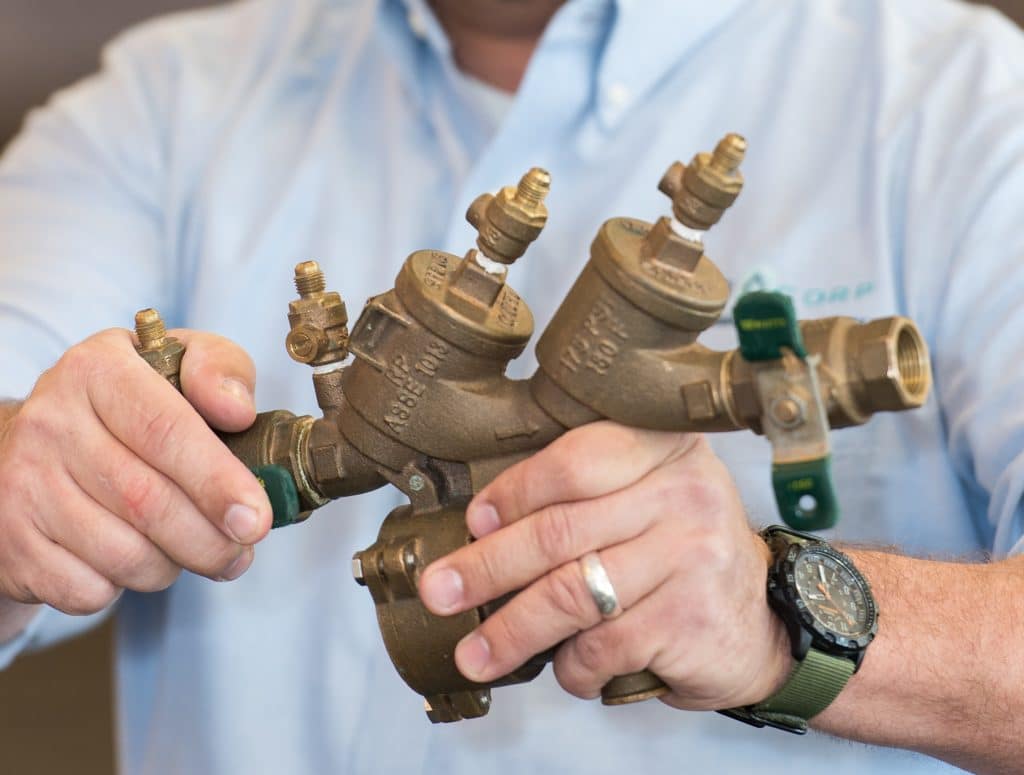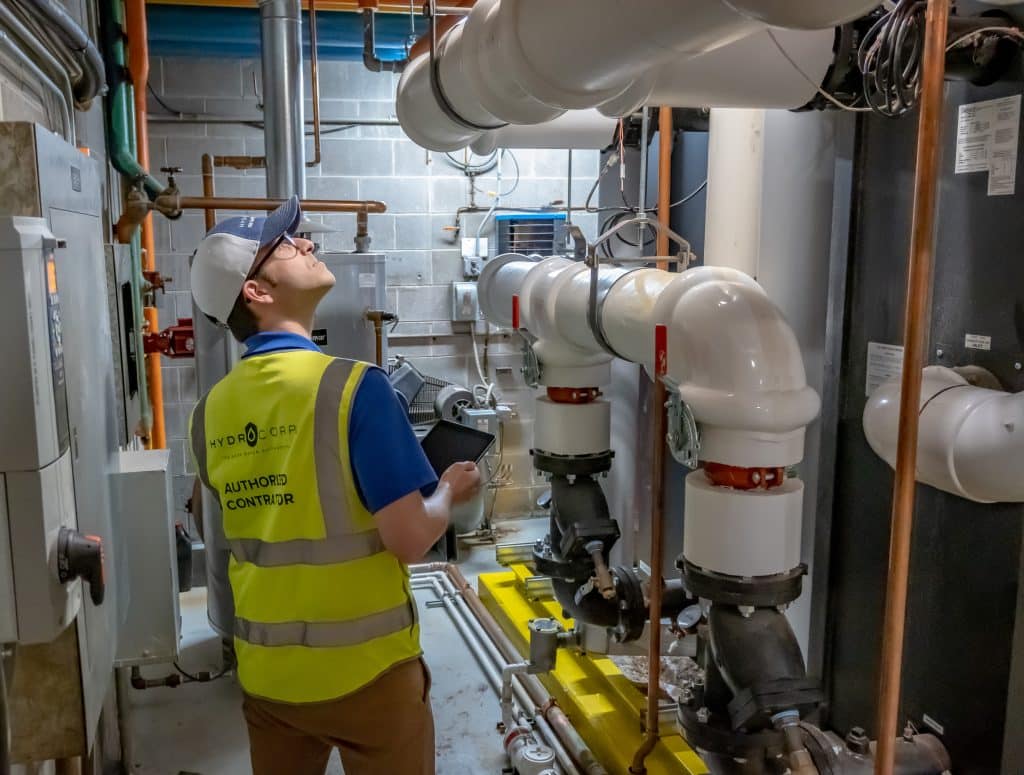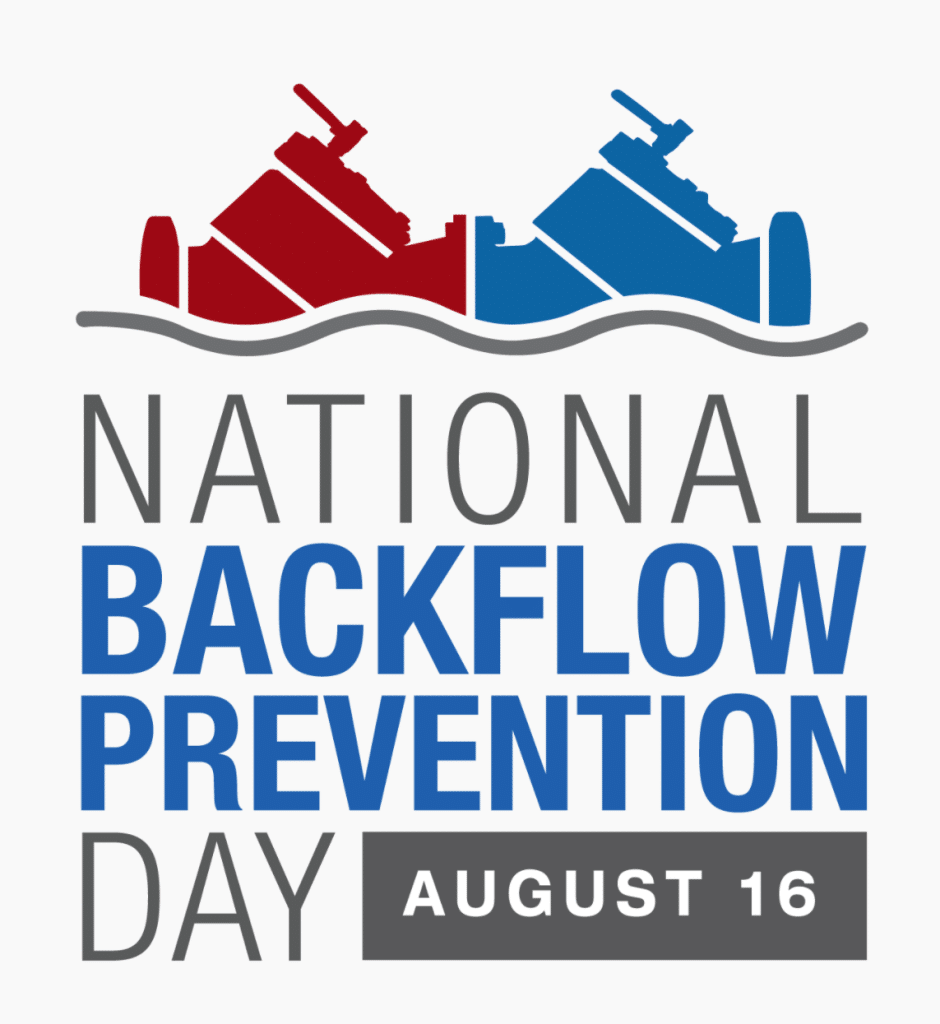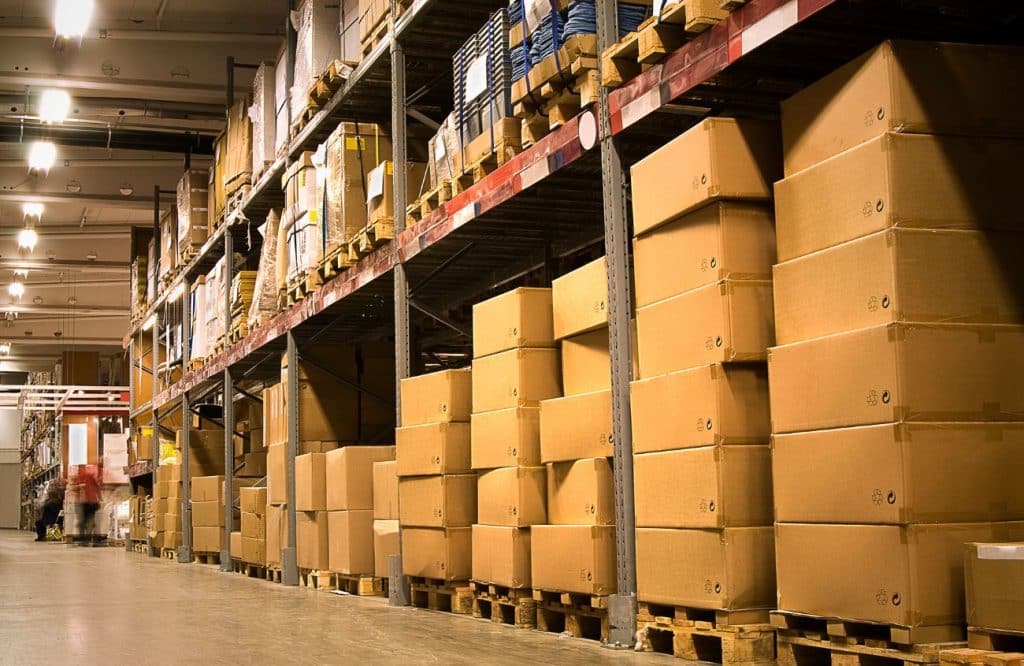Critical Points
- August 16th marks National Backflow Prevention Day – but what is backflow prevention?
- Backflow Prevention is the practice of ensuring that the drinking water distributed to our businesses, schools, and homes, is not accidently contaminated by the inherent hydraulic problem known as backflow
- What would a day without backflow prevention look like? It isn’t pretty!
Cross-Connection Control vs. Backflow Prevention: What’s the Difference?
Imagine waking up one morning to find that your kitchen tap is dispensing water tainted with lawn irrigation chemicals, or that the drinking fountain at your child’s school is contaminated with chemicals from a nearby boiler system. Even worse, imagine a dialysis patient unknowingly receiving water mixed with firefighting foam. These scenarios might sound like scenes from a dystopian novel, but without backflow prevention, they could become a grim reality.

Backflow prevention is a critical component of our drinking water infrastructure, ensuring that once water leaves the treatment plant, it remains safe and uncontaminated all the way to the tap. When water flows in the correct direction, from the treatment plant to the consumer, it meets Safe Drinking Water Standards. However, pressure changes or other disruptions can cause water to flow backward, carrying contaminants into the clean water supply. This is where backflow prevention devices and assemblies play a vital role.
These devices are not just important—they are lifesavers. By stopping the reverse flow of water, they prevent hazardous substances from entering our drinking water systems. Whether in a residential neighborhood or a bustling commercial district, backflow prevention devices work quietly in the background, protecting our health every day. But the need for these devices is not limited to just one type of facility; they are crucial across a variety of settings.

Where Backflow Prevention is Critical:
- Hospitals: In healthcare facilities, maintaining a pure water supply is paramount. Backflow prevention ensures that substances like medical waste or chemicals from sterilization processes don’t enter the potable water system.
- Schools: From drinking fountains to cafeteria kitchens, schools rely on safe, clean water for their students and staff. Backflow prevention protects these vulnerable environments from contamination.
- Food Processing Plants: In facilities where food and beverages are prepared, the risk of contamination must be minimized. Backflow prevention devices protect the water supply from potential contaminants used in processing and cleaning.
- Residential Buildings: Even in our homes, backflow prevention is essential. Devices installed in home plumbing systems prevent contaminants from entering the water supply due to cross-connections with irrigation systems, pools, or other sources.
- Commercial and Industrial Facilities: From restaurants to manufacturing plants, a wide range of commercial facilities rely on backflow prevention to ensure that hazardous materials do not enter the drinking water system. Whether it’s preventing cleaning chemicals from mixing with tap water in a restaurant or stopping industrial solvents from contaminating water in a factory, backflow prevention is crucial.
The Role of Onsite Assessments
Onsite Cross-Connection Control Assessments are another critical component in protecting our water supply. These assessments help identify and eliminate potential hazards before they become a problem. By regularly evaluating water systems for possible cross-connections—points where contaminated water could mix with potable water—these assessments play a proactive role in safeguarding our health.

National Backflow Prevention Day: A Day of Recognition
August 16th marks National Backflow Prevention Day, a day to celebrate and honor the professionals who work tirelessly to keep our drinking water safe. From installing and maintaining backflow prevention devices to conducting thorough cross-connection control surveys and hazard assessments, these experts are the first line of defense against waterborne contaminants. Their work ensures that when you turn on the tap, you can trust that the water flowing out is clean and safe.

A Collective Effort for Safe Water
At HydroCorp, The Safe Water Authority, we recognize the importance of backflow prevention in maintaining the integrity of our water systems. We stand with the professionals who dedicate their lives to protecting our water supply, and we are proud to support their efforts. As we celebrate National Backflow Prevention Day, let’s take a moment to appreciate the complex systems that keep our water safe and the people who work behind the scenes to ensure that these systems function flawlessly.
Together, we can continue to safeguard our drinking water, ensuring that it remains free from contamination and safe for all to use.


